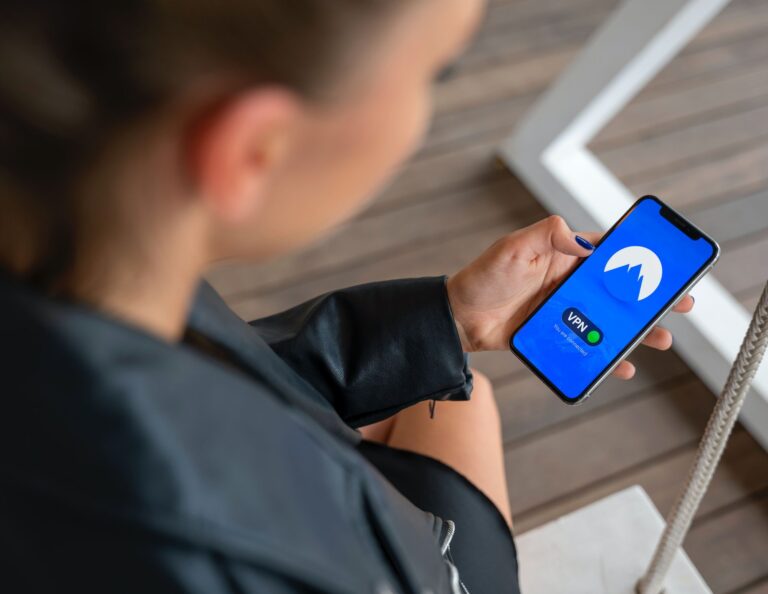Welcome to the land of passive profit. A land full of content, lead pages, opt-ins, sales pages, ads, and optimization, oh my!
But let’s not get ahead of ourselves. Before you ever create a passive offering or product, there is one crucial first step you need to take to make sure it will be worth your hard work: validation.
The beauty of passive profit lies in the ability to do the major legwork once and then scale it using all those fancy tools above (and more). But before you spend the next few weeks trying to figure how to design a lead magnet or the fundamentals of a converting sales page, let’s make sure you’re confident that your product can sell.
The right product for the right person
Truth be told, you can sell anything online. But the fastest way to see traction in the land of passive profit is to create the right product for the right person.
The right product is something of value. Something needed or wanted. It doesn’t necessarily have to be innovative. Remember when chevron pattern was all the rage circa 2012? It showed up on products everywhere from pillows to digital scrapbook paper. It was on trend and sold like hotcakes!
Following trends is one way to create passive products that sell, but what if your idea is something completely different? How can you make sure you are creating something someone needs or wants and will actually buy?
That’s where validation comes in.
Validation comes in many forms, but here are a few key ways to get insight into whether or not your product will work:
1. Find out if there’s already a market for your product.
The easiest way to know that your product or offering will sell is if someone else is already selling it. If there is an active market of buyers already purchasing something similar to your idea, then you know you’re on the right track.
This method isn’t foolproof, though. If you’re jumping into a huge market and don’t have a strong differentiator, it can be difficult to gain momentum. The goal should always be to put your own unique spin on your product and make it clear how yours is different from the competition.
My friend and creative entrepreneur Shay Cochrane started a wildly successful passive profit business that was expertly built on this concept—the SC Stockshop. If you’ve been on Instagram in the last four years, you probably have seen some form of a styled flat lay “desktop” stock image. Shay created this genre of styled stock photography for creatives. Selling stock images wasn’t a new concept, but she put her unique spin on it and created them specifically for entrepreneurs like you and me who value beautiful imagery. Genius!
2. Ask your ideal customer!
Before you ever create a product or offering, it is always a good idea to seek out your ideal customer (the right person!) to ask them what they need.
If you have an audience, survey them. Ask them what they struggle with most when it comes to your product concept. Their struggles will point to a need and can help you shape your product to solve them.
You can also seek out a few people to have a one-on-one call or meeting with and dig deeper. Find out what they need, what they’ve tried, why those past purchases didn’t work, and what they wish they could find. One-on-ones are a great way to get proof of concept no matter how big your audience is.
3. Take a look at what people are already asking you for.
This is how I got into passive profit. In 2014, I began blogging about my marketing and client experience efforts as a wedding planner. What started as a fun way to share the BTS grew into a slew of emails asking if I would sell my designs as templates. After two years of emails, I finally decided to take the leap.
By taking cues from what you’re already being asked for, you have an opportunity to put a product right in the hands of interested customers and get valuable feedback on how to refine it. If they love your offerings, you’ll always know who to turn to when it comes to researching future product ideas.
4. Beta test it
Sometimes it can be difficult to get clear answers during the research phase. If you don’t have a pool of ideal customers to survey or your idea is a never-before-seen concept, another way to validate it is through beta testing the minimum viable product with key buyers in your target market.
Beta testing is the process of letting a small group of target customers try out your product during the final development stages. Typically, the beta tester will get the product for free or for a very minimal cost. The goal isn’t to make sales here, but rather to get honest feedback from people who would be your ideal buyers.
It is absolutely okay for your product to not be perfect before beta testing. Remember, the point is to get your idea validated! If your testers see the value in what you are creating, then you can move on to polishing it up before launching. And you can use their insightful feedback to help make the final version even better.
Once you’ve got the green light of validation, you can confidently move on to the logistical details of bringing your passive product to life. Cheers to new revenue streams!



